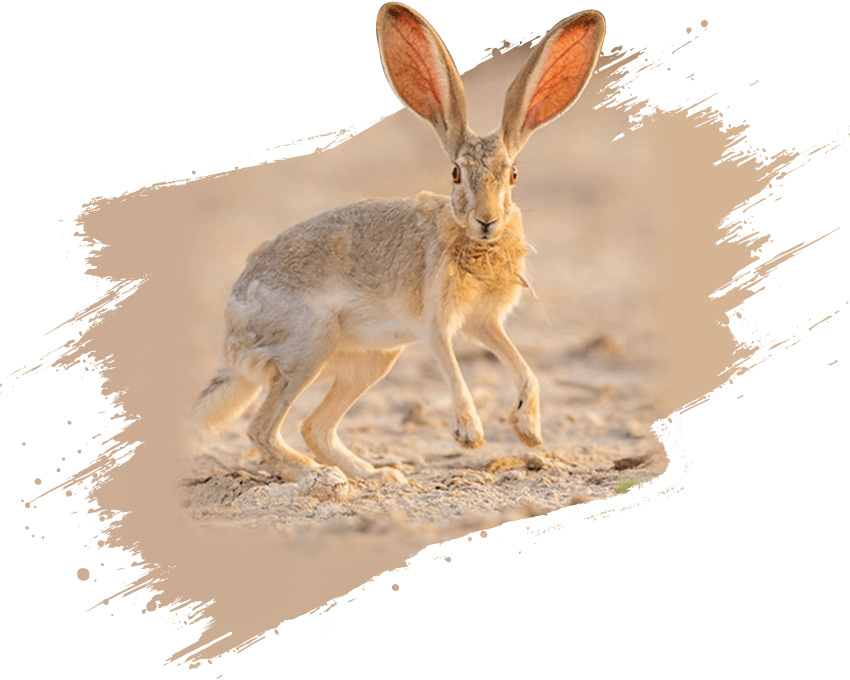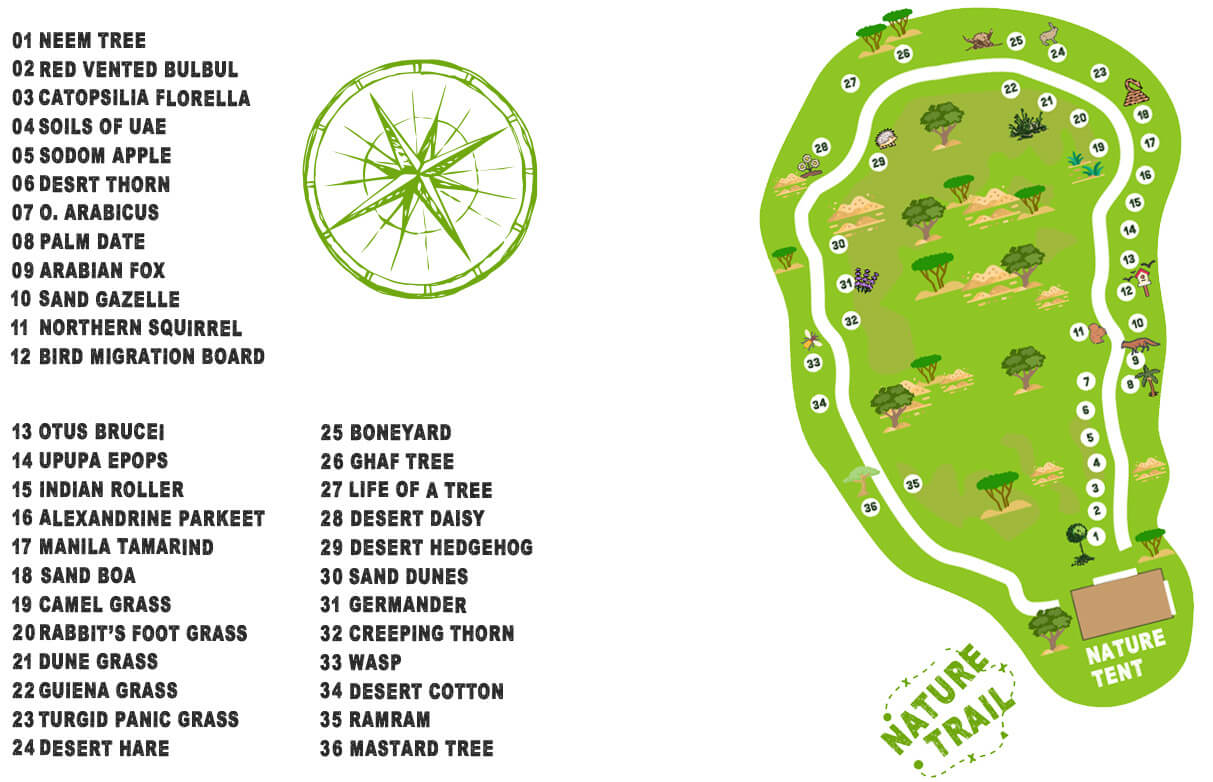
- say no to single use plastic! bring your own refillable water bottle
The adventure park reopens on September 15, 2024
For indoor team-building activities, Call us at +97152 2190 858 or email us at corporates@aventuraparks.com.
For in-school summer camps Call us at +97152 6245 007 or email us at lifeskills@aventuraparks.com.
Thanks!
The Aventura Nature walk is a guided activity where visitors explore the flora and fauna of the UAE. As Aventura Parks is located in Mushrif Park – one of the most historic parks in Dubai, there is no limit to how much natural beauty can be discovered. For guests that would like to unwind and try out a more relaxing activity, this nature walk is for you!
While taking a blissful walk through the forest, our experienced guides educate guests on fun facts and interesting stories about Aventura's surrounding ghaf trees, plants and animals. There will also be plenty of opportunities to interact with our cute bunnies and dig for skeletal treasures in the boneyard.
One accompanying adult is free of charge per child under 12.

There is so much native flora and fauna to look at in the Park and the nature walk captures it all! Look out for Neem and Ghaf trees Desert Hedgehogs and Hares, Owls, Gazelles and Arabian Foxes and all manner of birds, including beautiful Parakeets.

There is something for all ages in the nature walk. No age or height restrictions apply. Children under 6 must be accompanied by an adult.
Please arrive 20 minutes beforeyour booked time so we can get you kitted out and ready to go
You have a total of 2.5 hours to complete your circuit and you can do it as many times as you like.
Please do not pick flowers or plants without asking permission and respect all living things. Visitors must heed the instructions of the Aventura Coaches when handling the animals.